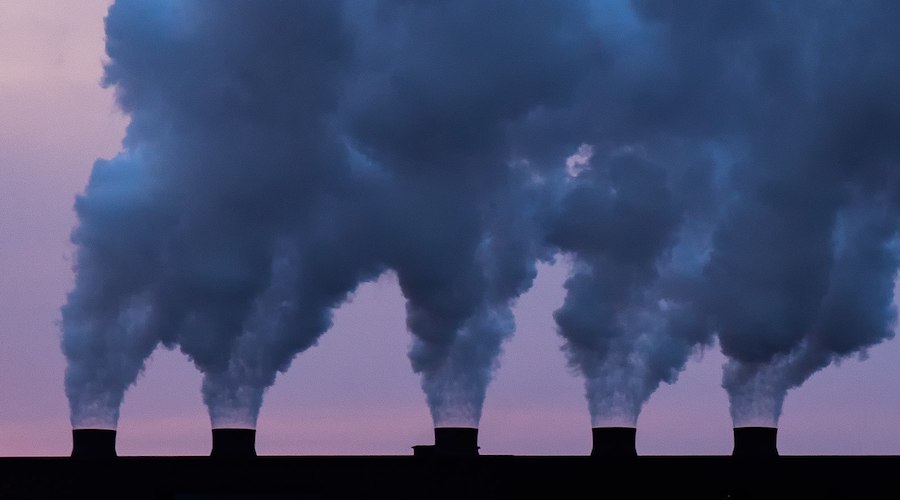
Green metals, electricity and green hydrogen exports could be the key for Australia to take the lead when it comes to lowering carbon emissions in the Asia-Pacific region.
According to the International Energy Agency’s 2020 World Energy Outlook, countries in the Asia Pacific contributed about half of global carbon dioxide emissions from energy use in 2019. The region is expected to account for almost two-thirds of global energy demand growth over the next two decades.
But in the view of researchers at The Australian National University, the Asia-Pacific region’s greenhouse gas emissions could be reduced by about 8.6% if Australia’s current level of key commodity exports such as thermal coal, liquefied natural gas, iron ore, bauxite and alumina could be replaced by green alternatives. To do so would require about 2% of Australia’s land area for solar and wind farms.
In a study recently published in the journal Energy, the scientists present the first quantification of the energy, land and water requirements of a new zero-carbon export model for island-country.
“Australia has fantastic wind and solar resources, meaning that the area of land needed to produce zero-carbon energy exports is relatively small, and the required solar panels and wind farms could be co-located with existing land uses such as livestock grazing,” Fiona Beck, one of the authors of the study, said in a media statement.
For Beck and her colleagues, becoming a clean commodity exporter could generate sustainable export revenues for Australia and play a useful role in reducing greenhouse gas emissions well beyond its borders.
The paper also points out that the country’s fossil fuel and ore exports currently dwarf domestic greenhouse emissions.
“With appropriate policy settings, Australia has an opportunity to make major contributions to achieving sustainable development goals in the Asia Pacific, including for remote Aboriginal communities in Australia,” co-author Emma Aisbett said.
Aisbett and lead author Paul Burke highlighted the fact that countries like China, Japan, South Korea, India and Indonesia have already announced net-zero emission targets and that Australia should follow.
“Australia is one of the world’s largest exporters of fossil fuels and we have a real chance to shift to a much cleaner export bundle,” Burke said.